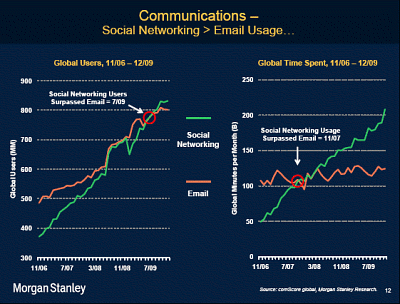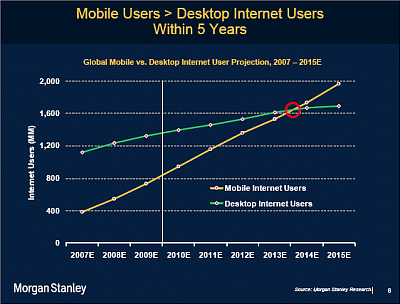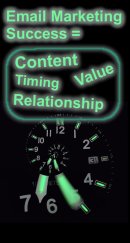Email Marketing Tips - Edition 23
Welcome to the 23rd edition of email marketing tips on June 6th, 2010.
The carnival is back after having had some wild turbulence including this blog getting hacked three times during the last six weeks. I am traveling and the last thing I needed was someone taking out my blog. The guys from blogcarnival.com lost patience with me and simply deleted the 21st edition which I had almost prepared for being posted. Shame on them.
Luckily a friend stepped in. Thanks to Pat Doyle, who hosted the 22nd edition of email marketing tips on her blog. Update in Feb. 2013: Unfortunately the blog has disappeared. So that edition is lost forever.
Now let’ start with today’s content.
editors pick
John Jantsch wrote The Right Way to Buy an Email List posted at Small Business Marketing Blog from Duct Tape Marketing saying, "I’m am not talking about buying or renting so called opt-in lists from list brokers. I’m talking about offering something of value as a way to motivate someone to willingly exchange their email address with you in order to receive your offers and additional contact."
Nick Moore wrote Better Email Newsletter Sharing on Facebook and Twitter posted at Inbox Ideas: Email Marketing Tips saying, "Social media is a big part of the marketing world these days. Most net-savvy businesses have a presence on Facebook and Twitter. That being the case, we’ve found that people are always looking for ways to make their social media and email marketing campaigns work together."
Chris Brogan wrote Stop Adding Me to Your Email Newsletter posted at chrisbrogan.com — Learn How Human Business Works – Beyond Social Media saying, "According to sources, it’s not illegal to add my name to your email newsletter list if you’ve done some kind of business with me in the past. Evidently, this means that it’s perfectly fine to add me to your list if you’ve sent me an email. Ever. Because I’ve gotta tell you: I’m subscribed to a LOT of email newsletters that I didn’t sign up for, and I’m not very pleased with it. To me, it’s spam, whether or not that’s the legal definition."
Carol Ellison wrote 8 Email Marketing Tips posted at destinationCRM.com - The leading resource for Customer Relationship Management - from the editors of CRM magazine saying, "Experts provide commonsense advice about ‘one of the most powerful and yet one of the most dangerous mediums of communication.’"
general tips
GreatManagement presents Avoiding The Pitfalls Of Internet Scamming posted at We Build Your Blog, saying, "Anyone who surfs the web on a regular basis can probably remember the very first time they fell victim to an attempted scam."
Sheryl Owen presents Top 10 Reasons to Use Snail Mail posted at Change of Address.
That concludes this edition of email marketing tips. Past posts and future hosts can be found on my email marketing tips page.
Continue reading the next email marketing tips - edition 24.
Yours
John W. Furst
P.S.: If you like this edition, check out the preceding email marketing tips - edition 20, too. Note: Edition 22 got deleted from the web. It was on a guest blog. Edition 21 was canceled.
- Get your blog more exposure!
- It’s easier than you might think.
Thanks in advance for your contribution.
Technorati tags: email marketing tips, blog carnival






